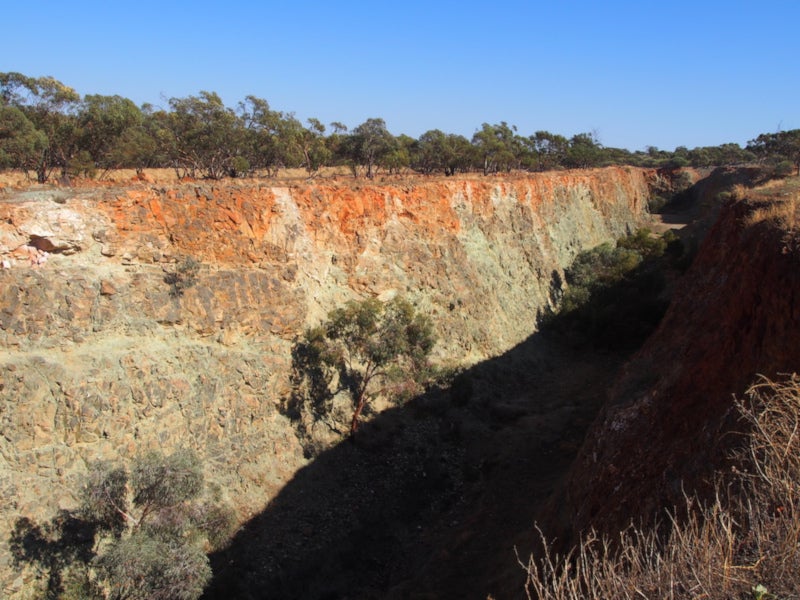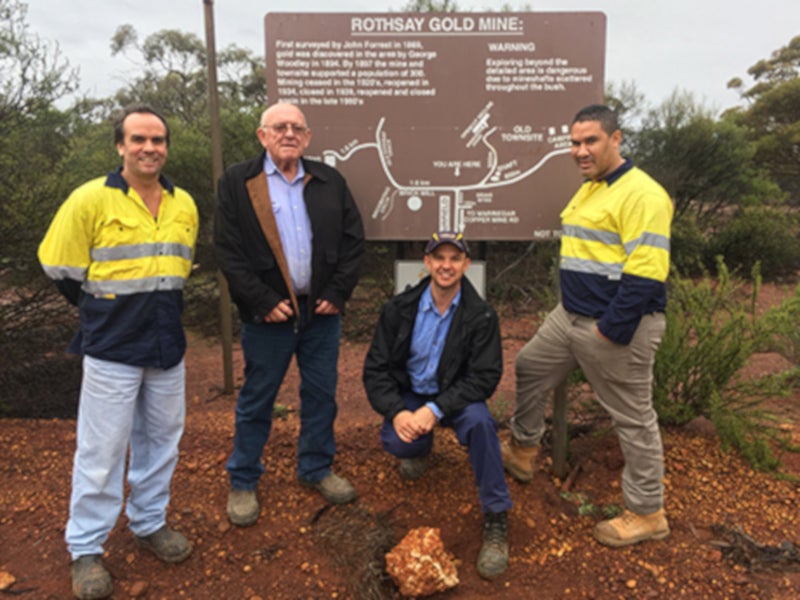The historic Rothsay gold project is located near Perth in Western Australia. Open-pit and underground mining was conducted at the site until early-1990s. Auricup Resources (now called EganStreet Resources) acquired the project in July 2011 with the intention of mining the remaining reserves.
The project is estimated to produce more than 289,000 ounces (oz) of gold through its initial mine life of 7.7 years. It is estimated to require an investment of £30.6m (A$55.8m).
Definitive feasibility study (DFS) of the Rothsay gold project was completed in July 2018 and updated in February 2019. Gold production is expected to be commenced in the first quarter of 2020.
Rothsay gold project location, geology, and mineralisation
Located 300km to the north-east of Perth, the Rothsay gold project extends in 56.4km². It is located in the Warriedar Greenstone fold belt, which is an Archaen sequence of mafic, ultra-mafic, meta-volcanic, and sedimentary rocks in an anticlinal structure.
The smaller-scale anticlinal and synclinal folds are housed in the western limb, which also hosts Rothsay and Mt Mulgine mineralisation. The eastern limb of the structure contains Fields Find, which is shortened by a post-tectonic granitoid intrusion to the south.
The project area is located within three discrete areas and five individual shear zones namely Woodley’s, Woodley’s East and associated HW Shear, Orient, Clyde, and Clyde East.
Rothsay gold project reserves
The mineral reserves at the Rothsay gold project are estimated to be 1.6 million tonnes (Mt) of ore, grading 4.5 grams per tonne (g/t) Au. Contained gold is estimated to be approximately 235,000oz.
Mining at Rothsay Gold Project
The mining methods to be used at the Rothsay gold project are long hole open stoping (LHOS), with rocks and cement to be used for backfilling. A flat chevron-shaped stoping front will be developed to access the mine, thereby advancing to each level.
Bench stoping method will be applied in the Southern Upper Zone of Woodley’s Shear, which involves extracting and filling stopes with rock-fill .
The existing portal of the underground mine will be reconstructed to conduct the mining activities, while two new shafts will be constructed to provide ventilation.
Processing at Rothsay gold project
Ore will be passed through a three-stage crushing and screening circuit to obtain a P80 size of 80mm. The resultant product will be forwarded to a single-stage ball milling and carbon-in-leach (CIL) circuit to bring the product size to 106mm.
The product will be further processed in a gravity recovery circuit comprising a Falcon Concentrator and Gemini Table.
The CIL circuit will process the ore in two leach tanks and six adsorption tanks, with the resultant material directed to SMBS cyanide detox. Gold will be stripped-off the resultant product in separate acid wash and elution columns.
The resulting product from the acid wash and elution columns will be passed through electro-winning and smelting processes to produce gold.
Infrastructure
The Rothsay gold project can be accessed through sealed public highways and gravel roads.
Diesel-fired generators will be the main source of electricity for the gold project. The power system will include an earthing transformer, five containerised gensets, low-voltage switchroom, fuel delivery pumps, and oil storage facilities.
Financing
EganStreet proposes to develop the project through a combination of debt and equity. The company received indicative proposals worth up to A$35m in conventional debt instruments.
Contractors involved
Turner Mining & Geotechnical conducted the geotechnical review of the Rothsay gold project as part of the DFS, while Entech, Maksena Engineering Solutions, and EganStreet prepared the mining design.
Other consultants involved in the DFS preparation include Cube Consulting, Symbiosis Environmental Services, CPC Project Design, Knight Piesold, RockWater, and Maintenance and Construction Services Australia.





